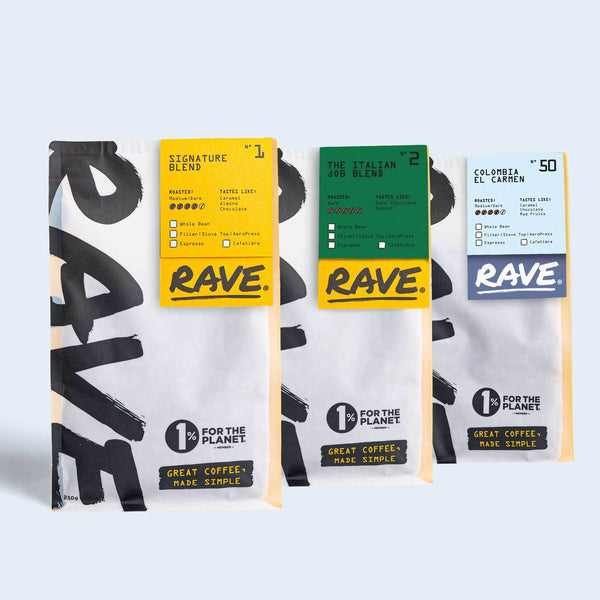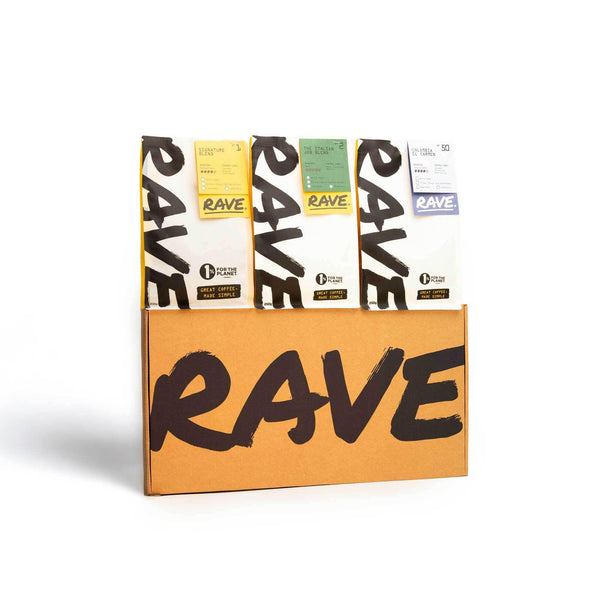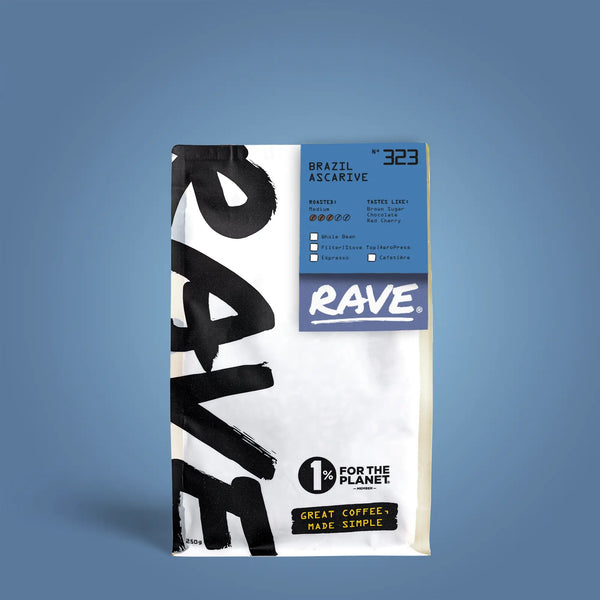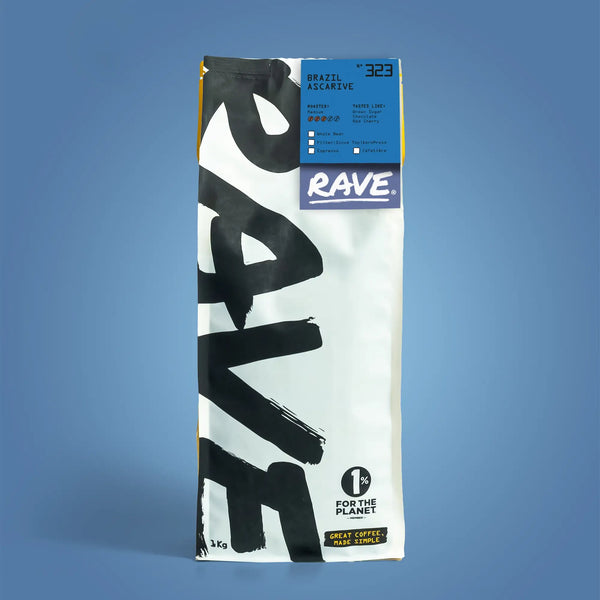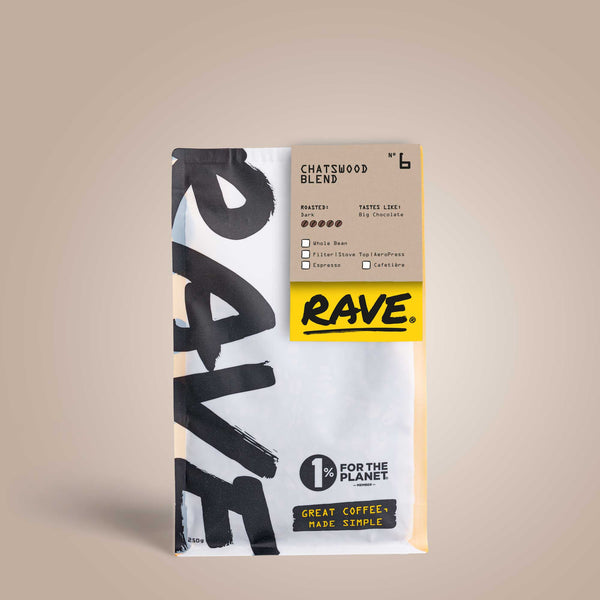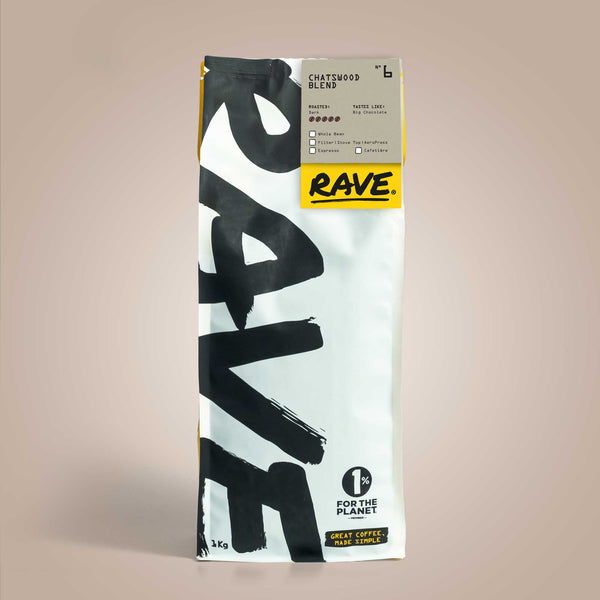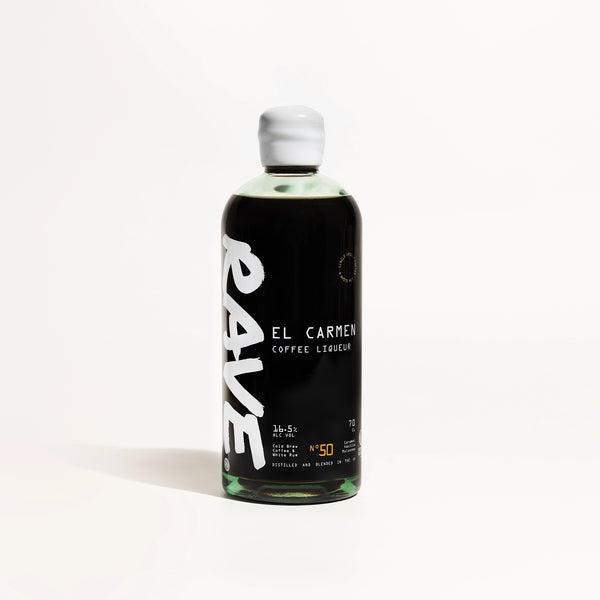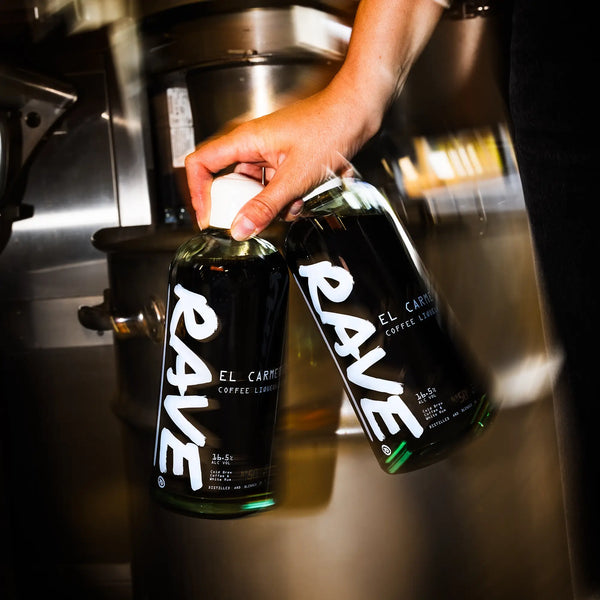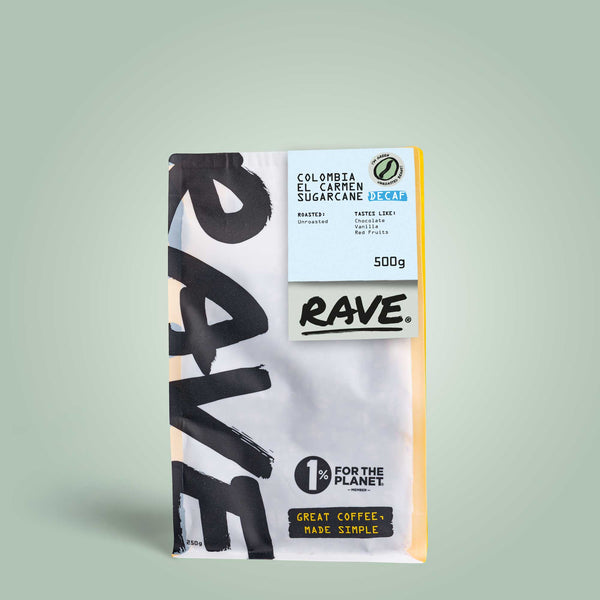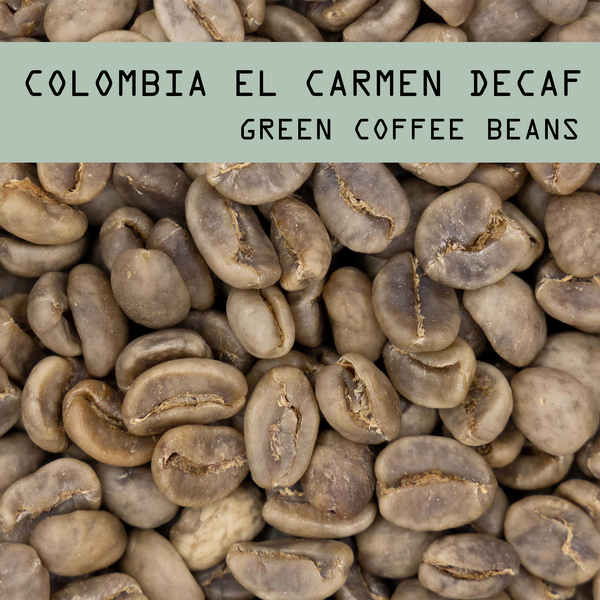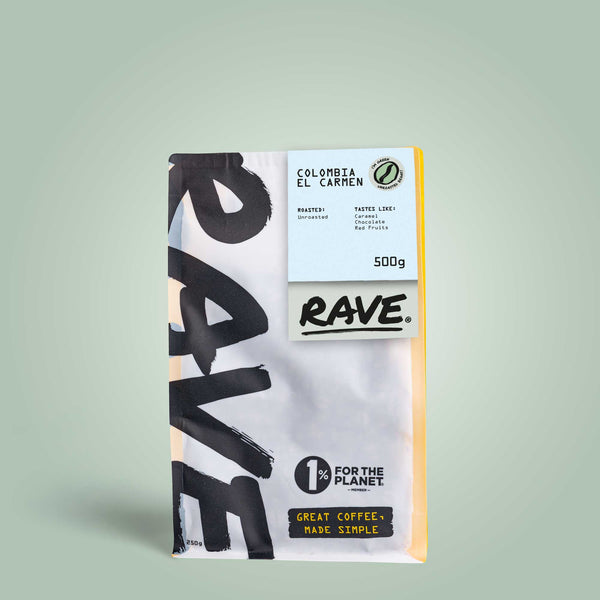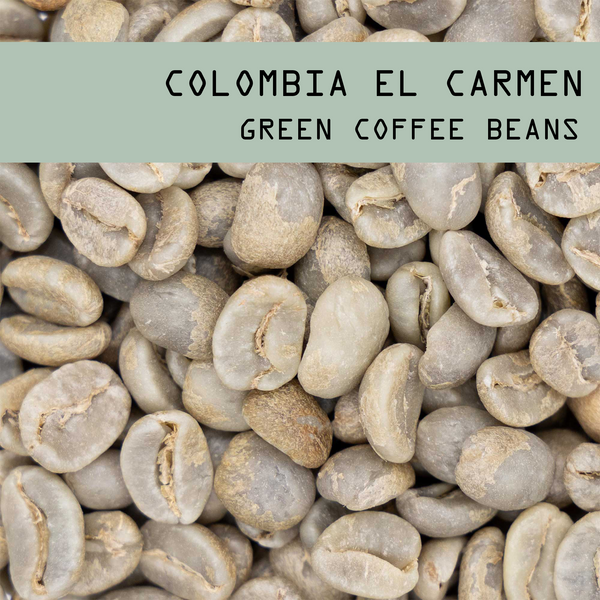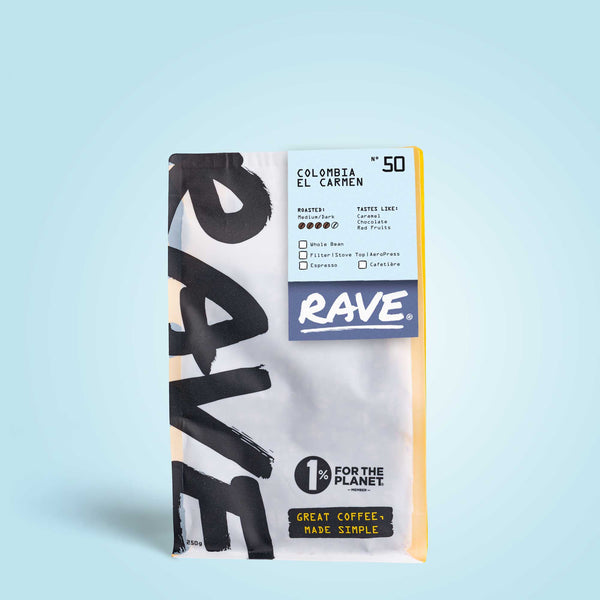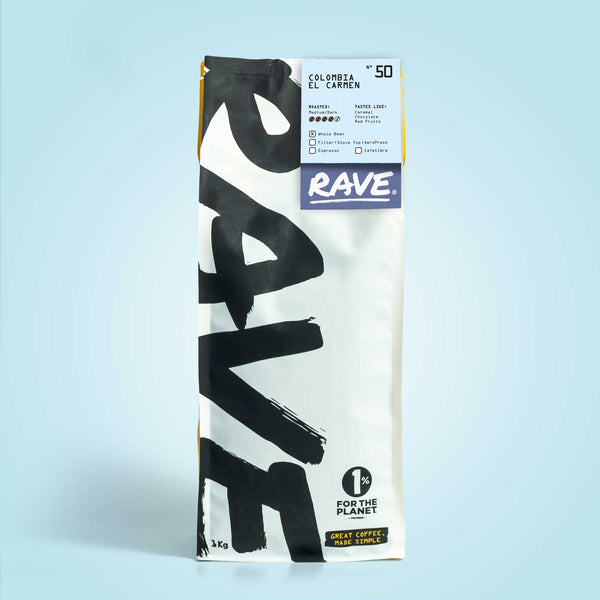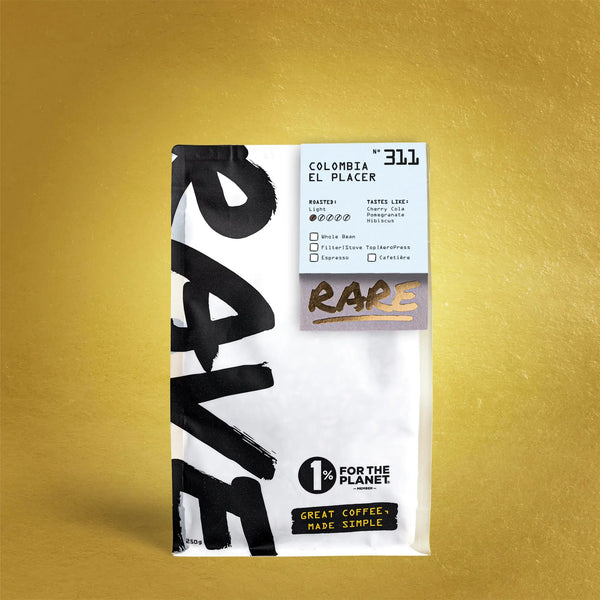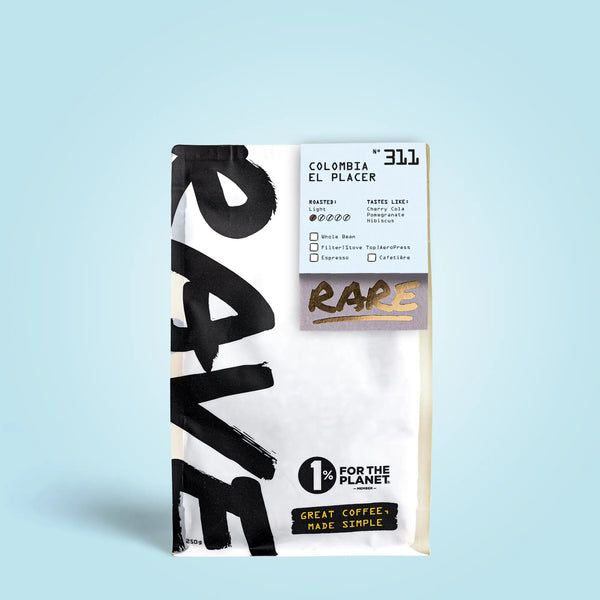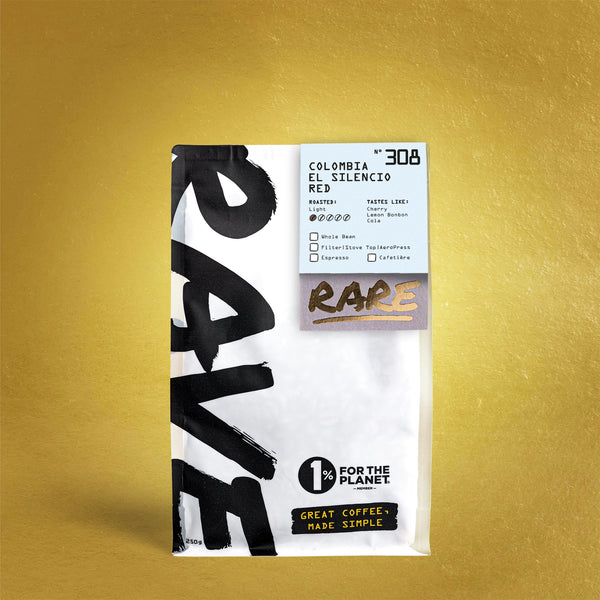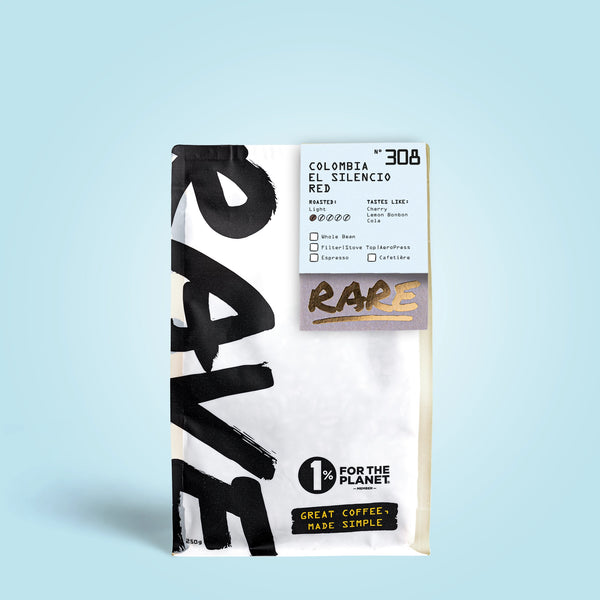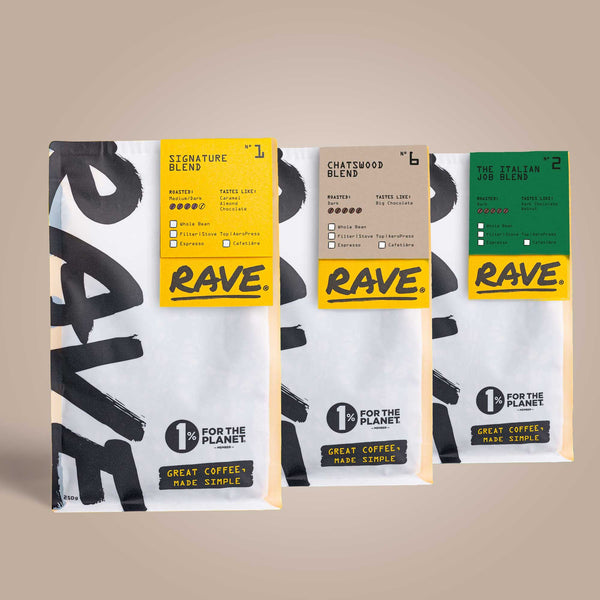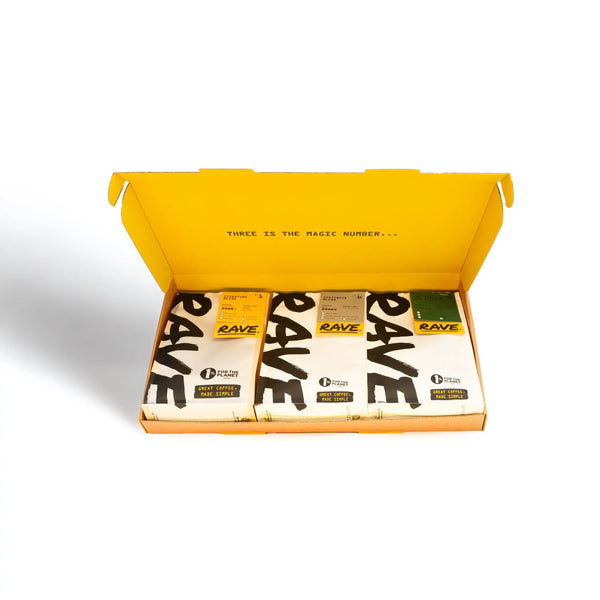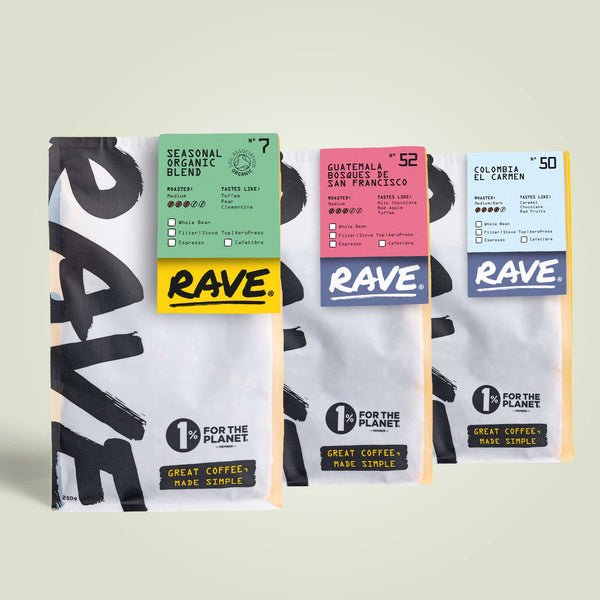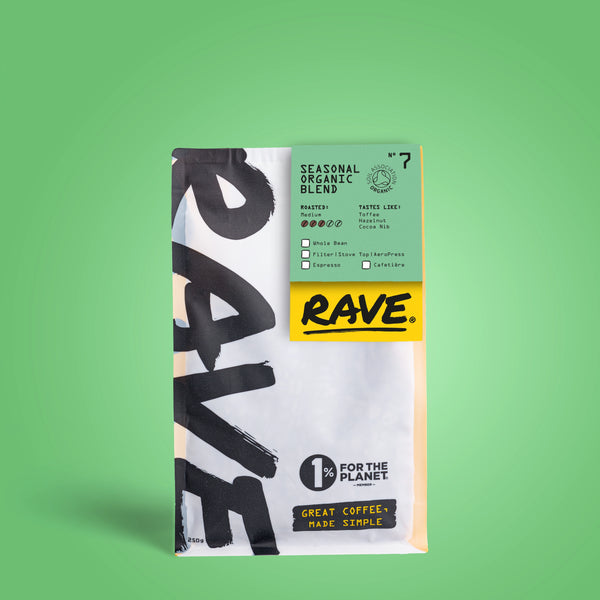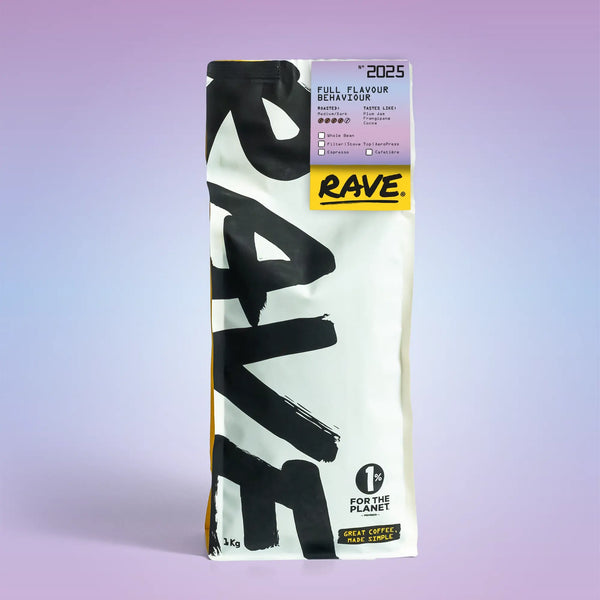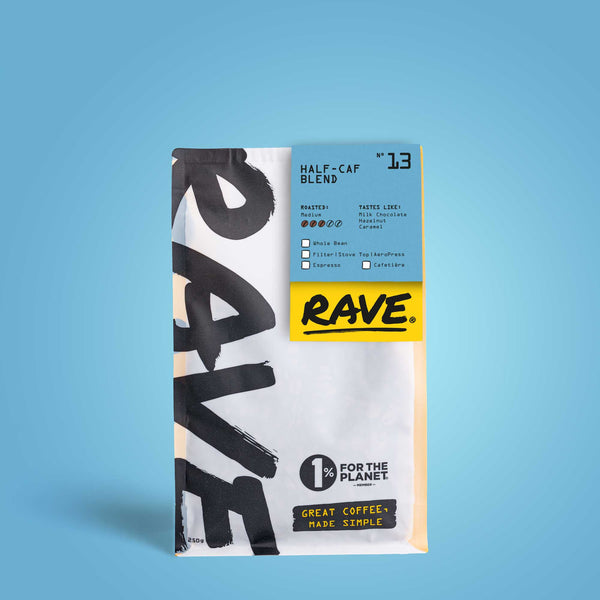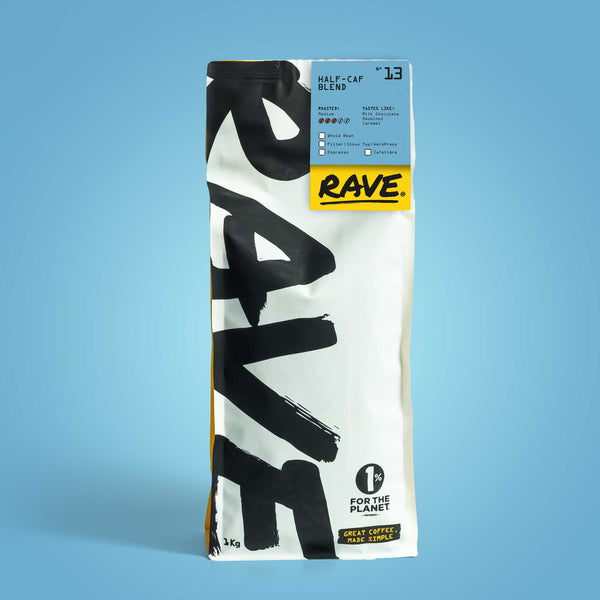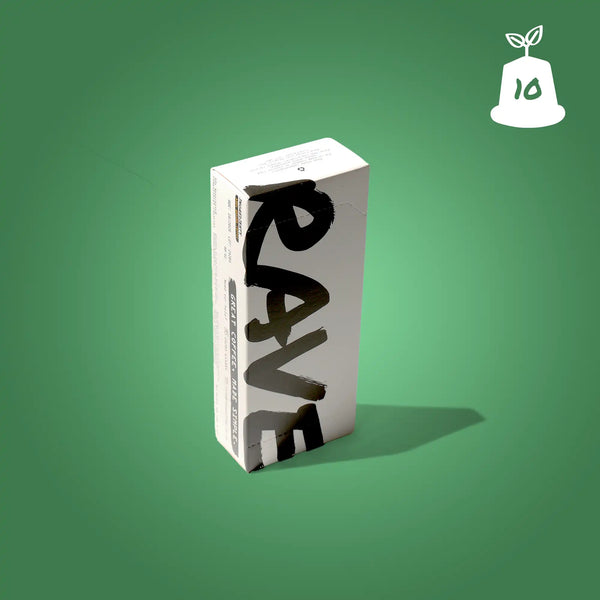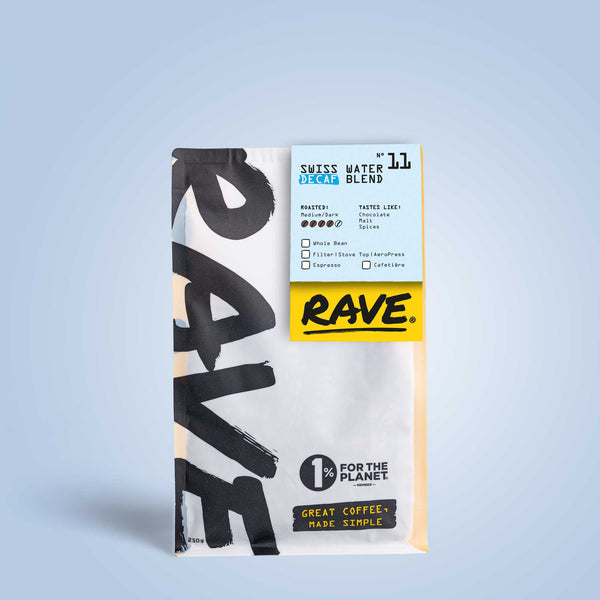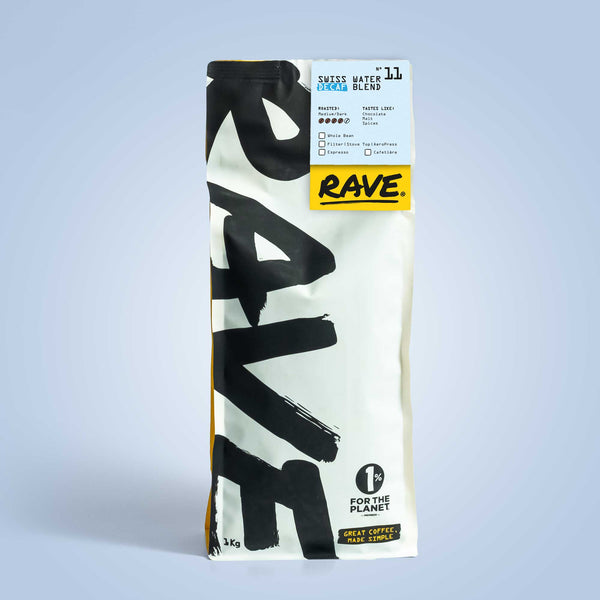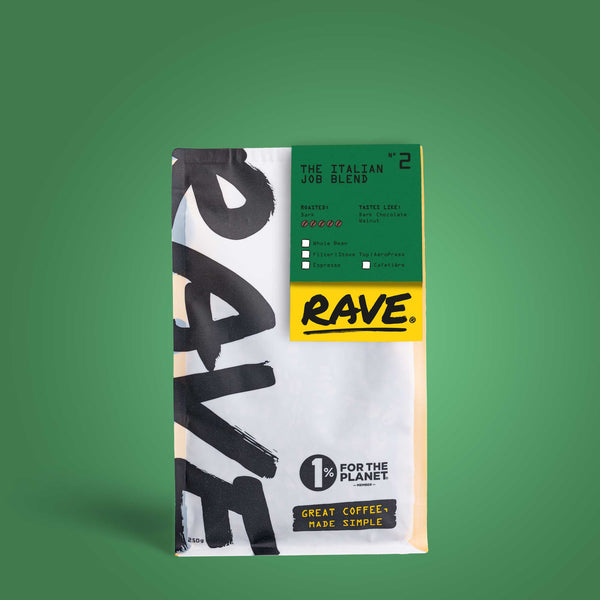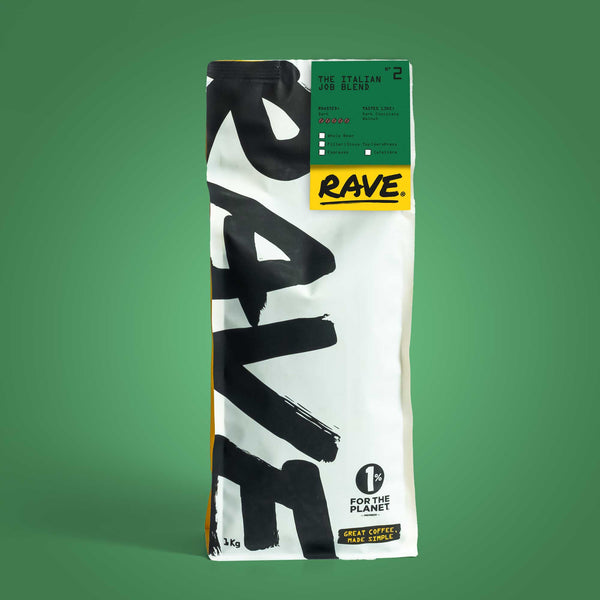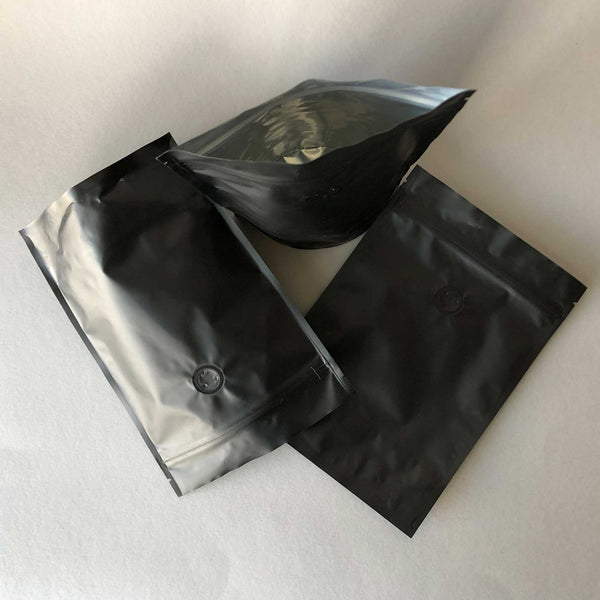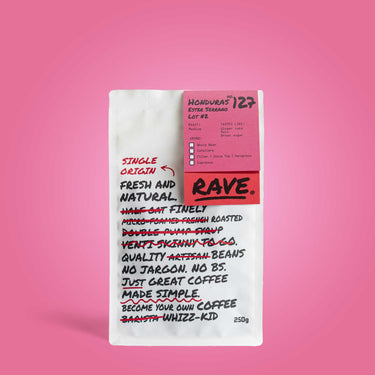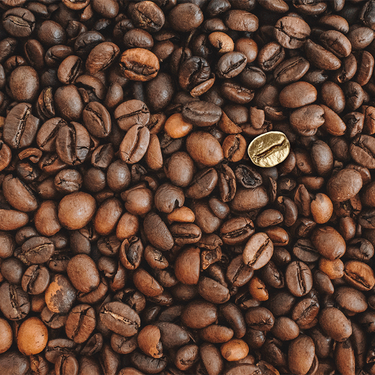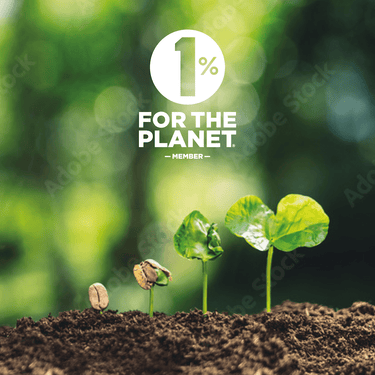Colombia
South American Coffee Region
History of Coffee in Colombia
Colombian coffee has origins dating back to the 1700s when, legend has it, Jesuit priests arrived with coffee seeds from Guyana. But it wasn't until 1835 that commercial production was first registered with 2,560 green coffee bags exported to the United States. Today, Colombia is the fourth largest arabica coffee producer in the world (after Brazil, Vietnam and Indonesia) and has a reputation for producing some of the best coffee ever. But how did it achieve such scale and status?
Part of this is down to the National Federation of Coffee Growers and its charismatic advertising icon "Juan Valdez", a true testament to the power of marketing. But some of it is also down to climate and geography. The majority of Columbian coffee is grown along what is known as the Coffee-Growers Axis (aka Coffee Triangle), part of the rural Paisa region of the Andes where high altitudes and warm weather make for ideal growing conditions.
Of course, Colombia is about as well known for its coffee as it is for drug trafficking. As such, political violence has posed a consistent challenge to Colombia creating a sustainable coffee agricultural system. Weather, too, has taken its toll, with climate change leading to periods of both drought and flooding which have affected the region's output (Colombia was the second largest producer of arabica coffee until recently when it was surpassed by Vietnam and Indonesia). Still, coffee continues to be such an important part of Colombia's economy and tourist trade that there are even theme parks devoted to coffee.

The most recent Colombian coffee 'brew ha ha" took place last March 2013 when tens of thousands of Colombian coffee growers went on strike - the first in the country's history - asking for more help from the state and an overhaul of Colombia's coffee structure. The result: the Colombian government committed $444 million in support to coffee growers for 2013 (source: dailycoffeenews.com). What does this mean for the future of coffee in Colombia? Watch this space.
Characteristics of Columbian Coffee
Colombia's reputation for producing good coffee is not entirely unjustified. Indeed, much of the country's coffee is "good" in the sense that it produces a balanced, richly flavoured and aromatic cup. But Columbian Coffee can be a bit boring, with little nuance in the aftertaste, unless you know where to look.
Columbian coffee beans are graded according to bean size (Excelso and Supremo) rather than altitude as is the case with most Central American and South American coffees. But size alone doesn't make a good coffee, and so we must do a little detective work to find the truly exceptional Colombian beans. Some can be found in the Suarez district in the northern part of Cauca, where you'll find beans with good balance hallmarked by dark fruit flavours and chocolate fragrance. You can find similar quality in other "micro-regions" like the Tolima and the South Huilas.
Colombian Coffee: Interesting Facts and News Bites
-
Colombia produces about 12% of the coffee in the world, fourth after Brazil, Vietnam and Indonesia
-
Colombia is the world's largest producer of premium quality semi-washed arabica beans
-
The main arabica coffee beans grown in Colombia are Bourbon, Typica, Caturra, and Maragogype
-
There are around 500,000 coffee farmers (called cafeterias) in Colombia today
-
Colombia coffee grows at altitudes from 1,000 to 2,00 meters, accounting for the coffee's well-known acidity
-
Coffee is harvested between October and December, and then again between April and May, a cycle unique to Colombia to ensure sufficient supply to distributors and consumers year round
South American Coffees
South American Coffees


- 💎 Microlot
- 🌟 New release
#0001 Colombia Sebastian Ramirez Gesha (150g)
£24.72 Sold Out

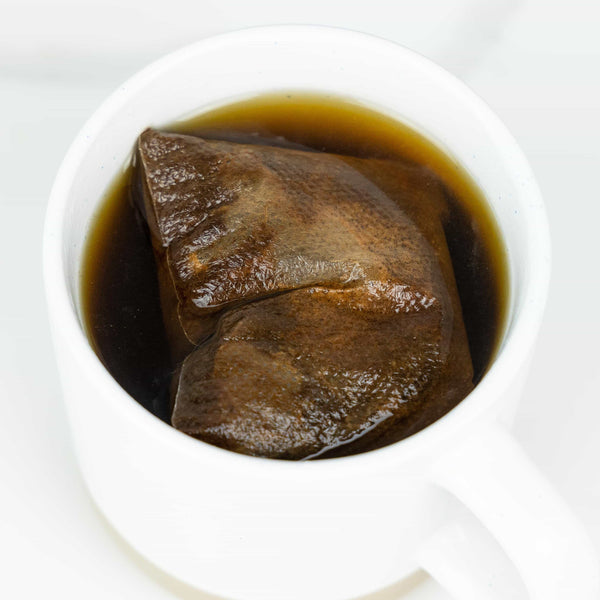
Colombia El Carmen Compostable Coffee Bags - 10 pack
£4.95
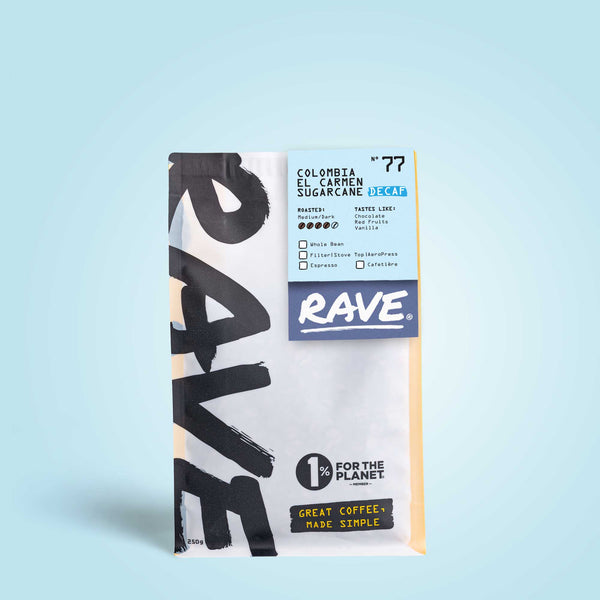
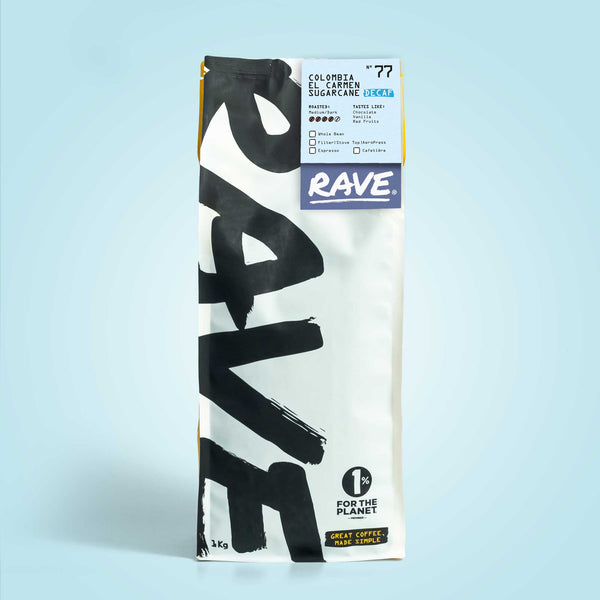
Colombia El Carmen Sugarcane Decaf Nº 77
From £8.96



